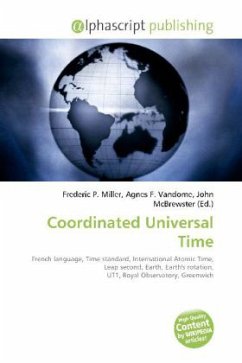The rotation curve of a galaxy can be represented by a graph that plots the orbital velocity of the stars or gas in the galaxy on the y-axis against the distance from the center of the galaxy on the x-axis. Stars revolve around the center of galaxies at a constant speed over a large range of distances from the center of the galaxy. Thus they revolve much faster than would be expected if they were in a free Newtonian potential. The galaxy rotation problem is this discrepancy between the observed rotation speeds of matter in the disk portions of spiral galaxies and the predictions of Newtonian dynamics considering the visible mass. This discrepancy is currently thought to betray the presence of dark matter that permeates the galaxy and extends into the galaxy's halo. An alternative explanation is a modification of the laws of gravity, such as MOND.
Bitte wählen Sie Ihr Anliegen aus.
Rechnungen
Retourenschein anfordern
Bestellstatus
Storno








